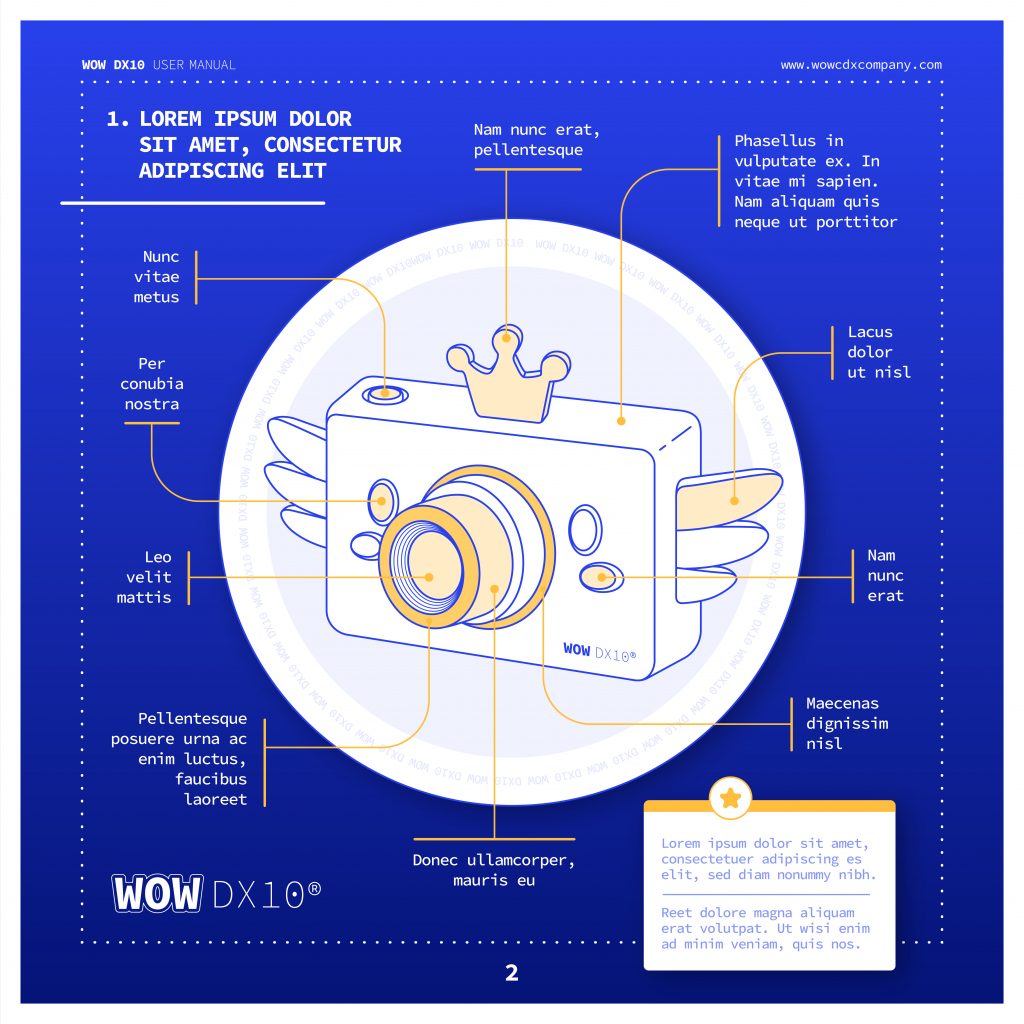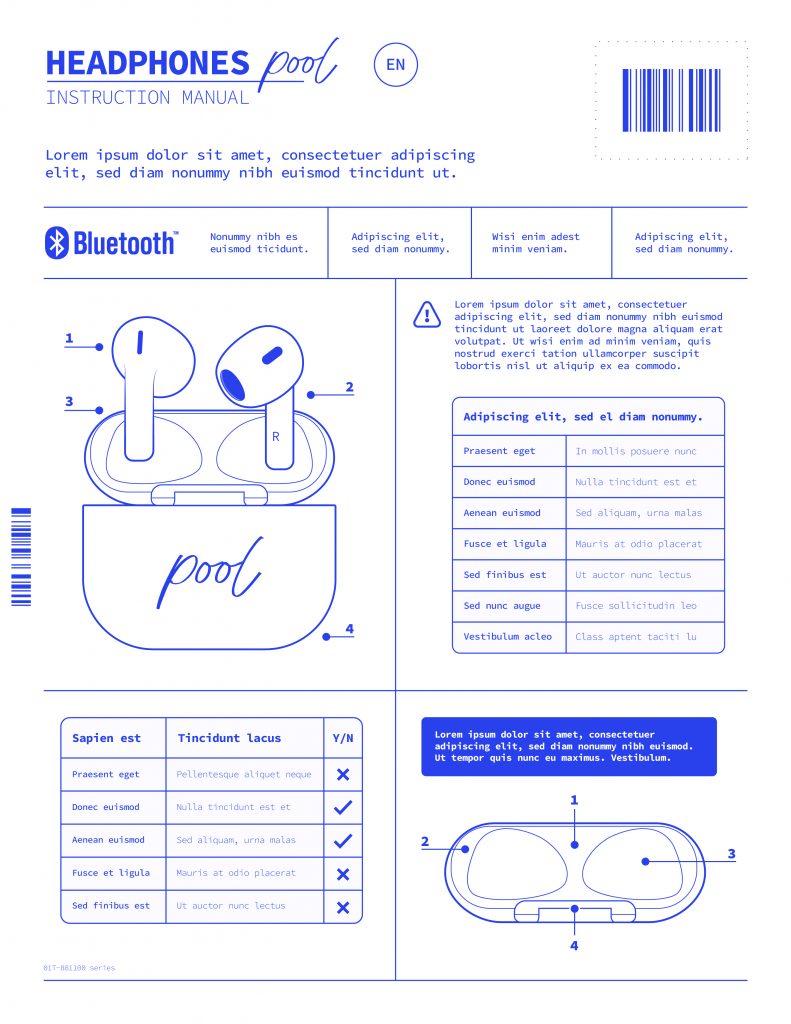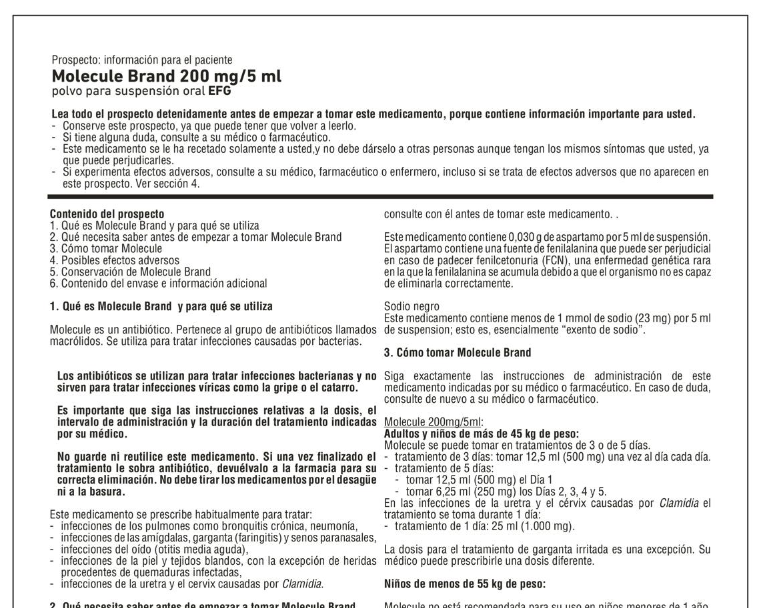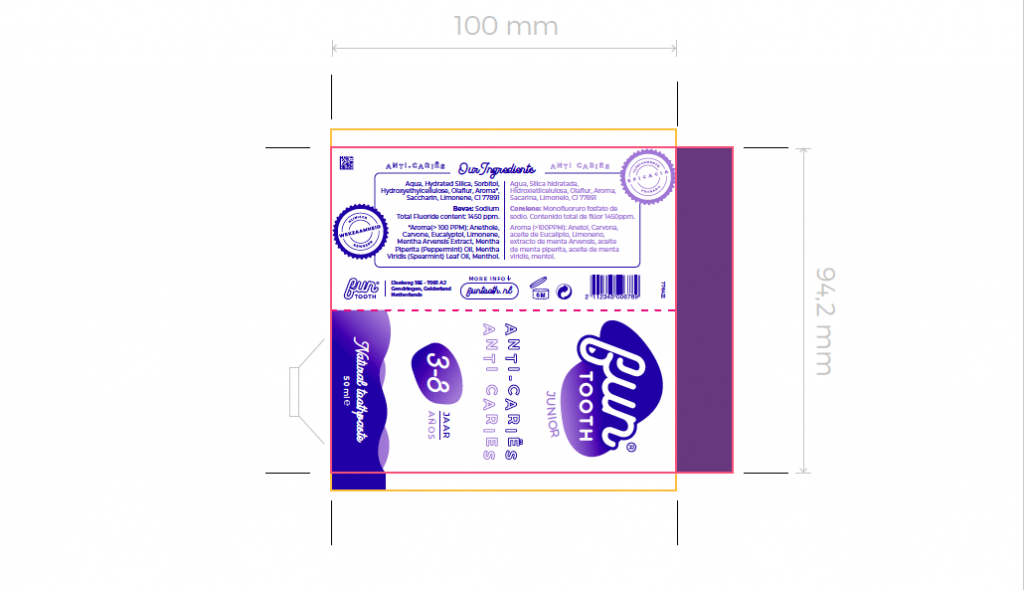
El packaging es un aspecto fundamental en el sector farmacéutico, ya que es el elemento de comunicación más directo y visual con el consumidor. Por eso, es importante tener una guía de estilo bien definida para el diseño de los envases de los productos farmacéuticos.
La importancia de tener una guía de estilo específica para un país concreto
La guía de estilo debe ser creada por diseñadores que conozcan el sector y sus normativas, para garantizar que el packaging cumpla con todos las regulaciones en materia de seguridad y salud respecto a un país concreto. Es cierto que muchas veces la guía de estilo es un documento que aplica a nivel europeo y esto puede ser un problema por varias razones. Comparto algunos ejemplos de incoherencias que he encontrado en los 20 años que llevo diseñando packaging farmacéutico, en particular productos genéricos:
- Documento en inglés con normas difíciles de aplicar cuando tu texto en lugar de “pills” se debe implementar: comprimidos recubiertos con película EFG.
- Disposición de elementos en contra de la normativa del país, por ejemplo posición del código nacional en una posición que la normativa prohibe explícitamente.
- Normas de diseño no posibles por normativa cómo diferentes atributos en la fuente del nombre cuando se exige que el nombre debe ser una unidad respecto a tamaño de fuente y formato.
- Disposición de logos y aspectos visuales corporativos en detrimento de información respecto a contenido u otros elementos más importantes.
- Disposición de elementos visuales solamente posibles en otros paises o ignorando pautas obligatorias respecto a la normativa vigente.
Si te has enfrentado a una guía de estilo generalmente bastante amplia, creada por marketing o una agencia con experiencia en otros sectores, te habrás encontrado con la frustración que supone intentar seguir una guía que no cumple normativa o que no da alternativas. Una solución es un anexo a dicha guía de diseño con las particularidades de un país en concreto.
El orden es fundamental

Una buena guía de estilo es una herramienta valiosa que ayuda a los diseñadores y departamento de calidad a crear y revisar respectivamente los materiales para que sean coherentes, eficaces y cumplan con las regulaciones y requisitos necesarios. Además, una guía de estilo bien organizada asegura que el proceso de diseño y revisión sea más eficiente y que los errores sean mínimos.
La organización por tipo de producto es fundamental en la guía de estilo, ya que cada envase requiere un tratamiento específico en cuanto a su diseño y presentación. Una buena guía de estilo debe tener secciones dedicadas a envases blister, envases verticales, aluminios, viales, entre otros. Por ejemplo, un envase tipo blister requiere una tipografía clara y legible, mientras que un envase para viales necesita un diseño más compacto y que aproveche al máximo el espacio disponible.
Es fundamental que la guía esté estructurada de manera clara y sencilla, de modo que sea fácil de seguir y consultar. De esta manera, los diseñadores y departamentos de revisión cómo marketing o calidad pueden acceder a la información relevante de manera ágil y eficiente. Esto evitará errores y re-diseños innecesarios, y permitirá acelerar el proceso.
Actualización con el mercado
Otro detalle a tener en cuenta es la falta de actualización a lo largo del tiempo dado que un documento tan extenso y que supedita tantos detalles no se actualiza anualmente obviamente, pero si debe tener en cuanta los cambios de normativa y ser suficientemente orgánico para poder generar un anexo útil. Un ejemplo relativamente cercano puede ser la serialización. ¿Hace cuánto fue ese proyecto? ¿Se ha actualizado tu guide line al respecto?. Es cierto que dicho proyecto no va afecta a todos los diseños, pero si la etiqueta que debes incluir en tu envase esta sobre un texto no duplicado sabes que tu diseño será rechazado.
Resumiendo, si quieres que el trabajo de tus diseñadores así como departamentos de revisión de materiales implicados sean eficientes tu guía de estilo debe cumplir los siguientes cuatro puntos:
- Creada desde y para la industria farmacéutica.
- Ajustarse a la normativa del país de aplicación o un anexo en su defecto.
- Estar ordenada en secciones o capítulos por tipo de producto.
- Ser un documento orgánico que sea actualizado con los cambios de dicha industria.
















